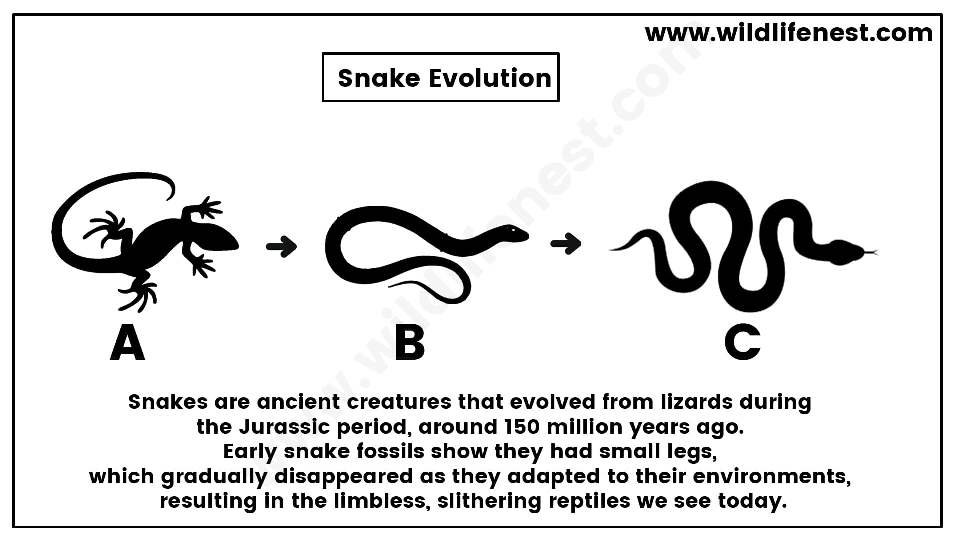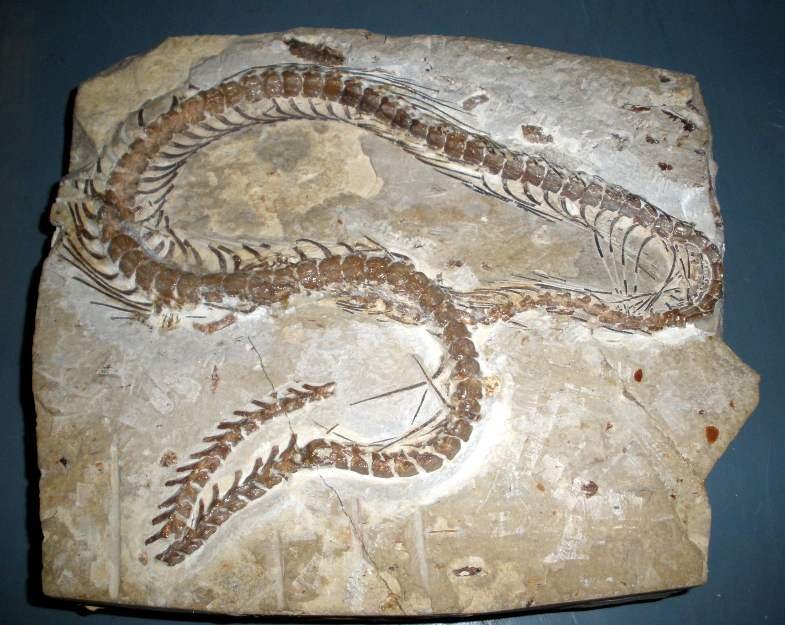History of Snakes
1. History of Snakes
Snakes are ancient creatures that have been around for millions of years. They are believed to have evolved from lizards during the Jurassic period, about 150 million years ago. Fossils show that early snakes had small legs, which gradually disappeared as they adapted to their environments. Over time, snakes have become symbols in various cultures, representing everything from wisdom and rebirth to danger and evil.

2. Geographical Distribution
Snakes inhabit every continent except Antarctica, as well as Iceland, Ireland, Greenland, and New Zealand. They thrive in a variety of environments, from deserts and forests to oceans and freshwater bodies. Different species of snakes are adapted to their specific habitats, with some preferring warm, tropical climates and others adapted to colder, temperate regions.
3. Food
Snakes are carnivorous and have diverse diets depending on their species. Most snakes eat small animals such as rodents, birds, frogs, and insects. Larger snakes, like pythons and boas, can take down bigger prey, including deer and pigs. Snakes use various hunting techniques, including constriction, venom, and ambush tactics, to catch and consume their prey whole.
4. Life Span
The life span of snakes varies widely among species. Smaller snakes typically live around 10-15 years, while larger species can live 20-30 years or more in captivity. For example, ball pythons and boa constrictors often reach over 20 years with proper care. In the wild, their life span can be shorter due to predation and environmental challenges.
5. Breeding Process
Snakes have different methods of reproduction. The majority of snake species are oviparous, which means they lay eggs. The female will lay her eggs in a safe, hidden location where they can incubate and hatch. Some species, like boas and vipers, are ovoviviparous, giving birth to live young. The breeding season for snakes typically depends on the climate and availability of food, with many species mating in the spring or early summer.
6. Importance of Snakes
Snakes are vital for keeping ecosystems balanced. They help control populations of pests like rodents, which can spread disease and damage crops. By preying on these animals, snakes indirectly support agriculture and human health. Additionally, snakes are a food source for other wildlife, contributing to the food chain.
7. Part of the Ecosystem
In their ecosystems, snakes are both predators and prey. They help regulate the populations of their prey species and are an important food source for birds of prey, mammals, and other reptiles. This dynamic ensures a balanced ecosystem where species coexist and support one another’s survival.
8. World’s Biggest Snake
The green anaconda holds the title for the world’s heaviest and one of the longest snakes. Native to South America, these massive snakes can reach lengths of up to 30 feet and weigh over 500 pounds. Anacondas are excellent swimmers and inhabit swamps, marshes, and slow-moving rivers.
9. World’s Most Venomous Snake
The inland taipan, often referred to as the “fierce snake” or “small-scaled snake,” holds the title of the world’s most venomous snake. Found in Australia, its venom is incredibly potent, capable of killing an adult human in less than an hour if untreated. Fortunately, the inland taipan is reclusive and rarely comes into contact with humans.
10. Snake Bite Safety
While snake bites are rare, it’s essential to know what to do if bitten:
- Stay Calm: Try to keep your heart rate down to slow the spread of venom.
- Avoid Movement: Immobilize the bitten area and keep it at or below heart level.
- Seek Medical Help: If bitten by a snake, it is crucial to seek medical help at a hospital as soon as possible.
- Do Not: Apply ice, cut the wound, or try to suck out the venom.
Use a Bandage: Apply a pressure bandage if possible, particularly for bites from Australian snakes, to slow the venom spread
Related Post
| Title | Link |
|---|---|
| Most Dangerous Snakes in the World | Most Dangerous Snakes in the World |
| The Ultimate Guide to Snakes: Venomous, Semi-Venomous, and Non-Venomous | The Ultimate Guide to Snakes: Venomous, Semi-Venomous, and Non-Venomous |
| History of Snakes: Evolution, Habitats, and Survival | History of Snakes: Evolution, Habitats, and Survival |
Conclusion:
Snakes are fascinating and often misunderstood creatures that play a crucial role in maintaining the balance of our ecosystems. From their ancient origins to their diverse habitats and unique hunting techniques, snakes have evolved to become one of nature’s most adaptable and essential predators. By understanding and respecting these remarkable reptiles, we can better appreciate their importance to the natural world. Whether it’s the mighty green anaconda of the Amazon or the elusive inland taipan of Australia, each snake species contributes to the rich tapestry of biodiversity that sustains life on our planet. So, the next time you encounter a snake, remember the vital role it plays and marvel at the intricate beauty of nature’s design.



